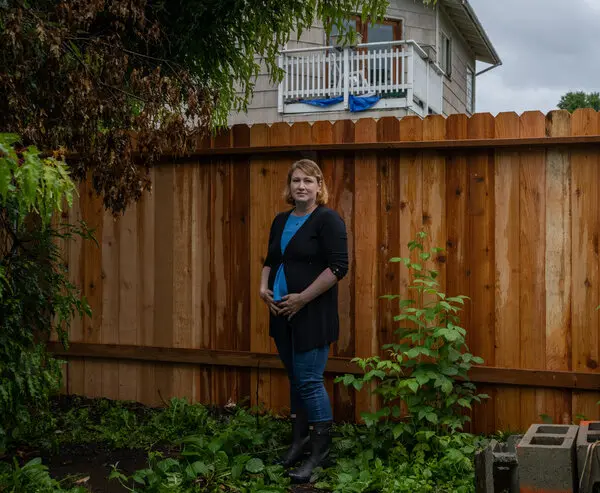
Why Interest The global housing affordability crisis is a pressing issue affecting millions of people worldwide. Despite various economic measures, including interest rate cuts, the problem persists, and many are questioning whether these measures are truly effective. Interest rate adjustments are often seen as a solution to housing market issues, but their impact on housing affordability is limited. In this article, we’ll explore why interest rate cuts alone won’t solve the global housing affordability crisis and discuss alternative solutions that could better address the root causes of the problem. NYTIMES
Why Interest The Limitations of Interest Rate Cuts in Housing Markets
Interest rate cuts are a common tool used by central banks to stimulate economic growth and make borrowing cheaper. The theory is that lower rates will encourage more people to take out mortgages, thereby increasing housing demand and potentially improving affordability. However, the effectiveness of this approach in the context of the global housing market is limited.
One significant limitation is that interest rate cuts do not address the underlying supply and demand imbalances in housing markets. In many urban areas, the supply of new housing cannot keep up with the growing demand, leading to increased prices regardless of interest rates. Additionally, lower rates may not significantly impact buyers who are already priced out of the market or those with high levels of existing debt. For these individuals, lower borrowing costs do not necessarily translate into increased housing affordability. IA
Moreover, interest rate cuts can have mixed effects depending on the region. In some areas, lower rates may boost housing demand and contribute to rising prices, exacerbating affordability issues. In contrast, in regions where economic conditions are weak, interest rate cuts may have little impact on housing markets. Thus, while interest rate adjustments can influence the cost of borrowing, they do not address the broader structural issues contributing to the global housing affordability crisis Why Interest.
How Global Housing Affordability Issues Persist Beyond Rates
The global housing affordability crisis is influenced by a range of factors beyond interest rates. One major factor is the limited supply of affordable housing, particularly in high-demand urban areas. Regulatory constraints, zoning laws, and high construction costs can all contribute to a shortage of affordable housing options. These issues are not easily mitigated by changes in interest rates and require more comprehensive policy interventions Why Interest.
Additionally, income inequality plays a significant role in housing affordability. In many parts of the world, the gap between wages and housing costs has widened, making it increasingly difficult for low and middle-income families to afford suitable housing. Interest rate cuts do not address this disparity and may even exacerbate it by inflating housing prices, further distancing affordable options from those who need them most.
Economic conditions also vary significantly across different regions, and interest rate cuts alone cannot address these disparities. For example, while interest rate reductions might help in some economies, they may not be effective in regions experiencing economic stagnation or high unemployment rates. As a result, the impact of interest rate cuts on housing affordability is inconsistent and often insufficient to address the broader crisis Why Interest.
Alternative Solutions to Address the Global Housing Crisis
Given the limitations of interest rate cuts in addressing the global housing affordability crisis, it is essential to explore alternative solutions. One approach is to increase the supply of affordable housing through targeted policies and investments. This could include relaxing zoning regulations, providing incentives for affordable housing development, and investing in infrastructure that supports housing growth.
Another important solution is to address income inequality and improve access to affordable housing for low and middle-income families. This could involve increasing wages, providing housing subsidies, and implementing policies that protect renters from unfair practices. By addressing the root causes of affordability issues, these measures can help create more sustainable and equitable housing markets.
Additionally, innovative housing solutions, such as modular and prefabricated homes, can offer cost-effective alternatives to traditional construction methods. These approaches can help reduce construction costs and increase the availability of affordable housing options. Governments and private sector partners can play a crucial role in supporting and scaling these solutions to address the global housing crisis more effectively.
Conclusion
While interest rate cuts are a common tool for stimulating economic activity, they are not a panacea for the global housing affordability crisis. The limitations of this approach, combined with the complex factors contributing to housing affordability issues, underscore the need for more comprehensive and targeted solutions. By focusing on increasing housing supply, addressing income inequality, and exploring innovative housing options, we can make meaningful progress in tackling the global housing affordability crisis and creating a more equitable housing market for all.
Antonio Maracas
Como escritor, minha paixão é transformar ideias em palavras que ressoam com os leitores.
